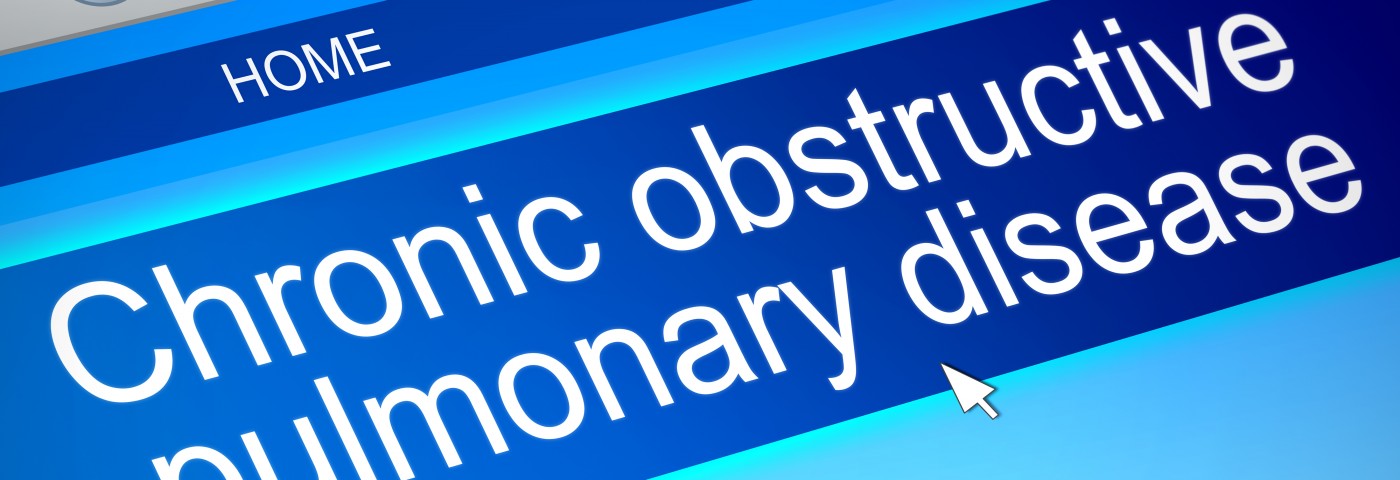The German Institute for Quality and Efficiency in Health Care (IQWiG) recently published a dossier assessment of the drug combination tiotropium and olodaterol, finding that the therapy showed some added benefit over appropriate comparator therapy in female patients with Chronic Obstructive Pulmonary Disease (COPD).
The fixed-dose combination of tiotropium and olodaterol (Spiolto Respimat, marketed by Boehringer Ingelheim) has been approved in the U.S. and the EU since July 2015 as a maintenance treatment in adults with COPD.
According to the new investigation, there were no significant differences between treatment groups of adults with moderate COPD symptoms (severity grade II) and higher severity grades (III and IV) with less than two flare-ups per year. Findings of minor additional benefits were only significant for women in these COPD groups who inhaled the fixed-dose combination of tiotropium and olodaterol. In adults with higher severity grades and a minimum of two flare-ups each year, the findings showed some treatment disadvantages and reduced benefit.
Boehringer Ingelheim International GmbH, manufacturer of Spiolto Respimat, presented data from two approval trials (TONADO 1 and 2) in patients with moderate to severe COPD. In contrast with the German Federal Joint Committee (G-BA)’s specifications regarding comparator therapies, all patients included in both studies could continue therapy with inhaled corticosteroids (ICS). As a result, in both research studies, the German assessment was based on subpopulations treated according to G-BA specifications. The average age of subpopulation patients, mostly men, was 60 years old.
The assessment was designed as a 52-week long-term analysis suitable for assessing maintenance treatments of chronic diseases. Boehringer Ingelheim also analyzed data after week 24 in some outcomes. For most adults in the subpopulation with severity grade II or higher COPD with less than two yearly exacerbations, there were no relevant differences shown between treatment groups — or data was thought insufficient — in outcomes ranging from COPD symptoms and exacerbations to quality of life and severe side effects.
The only subpopulation in this group found to have an indication of minor positive effects (health-related quality of life and the reduction of COPD symptoms) was female participants treated with tiotropium/olodaterol in comparison with tiotropium. The data provided no positive or negative effects in men.
Similar results (no significant differences or insufficient data) were found in the second group analyzed — patients with severe or very severe COPD (grades III or IV) and more than two flare-ups per year. However, more severe exacerbations were also seen more frequently in patients who inhaled the fixed-dose combination therapy — tiotropium/olodaterol plus ICS in comparison to tiotropium with ICS.
The dossier assessment is a part of the early benefit assessment according to the Act on the Reform of the Market for Medicinal Products (AMNOG), under G-BA supervision. G-BA will now allow for comment before making a final decision on the extent of the combination treatment’s added benefit.

